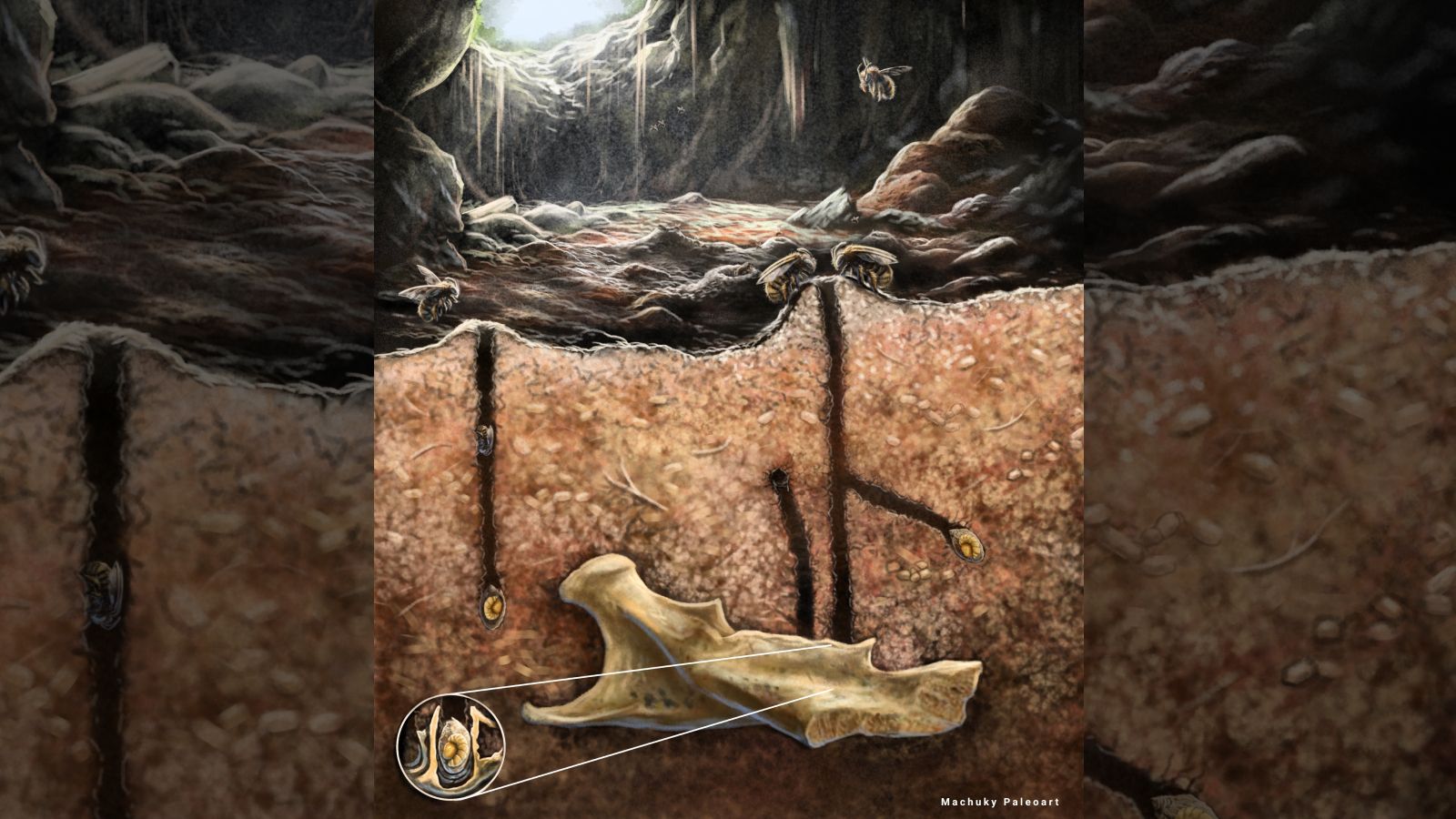December 16, 2025
The ancestors of all modern members of the order Carnivora, which includes a variety of mammalian species, such as cats, bears, wolves…

December 16, 2025
The ancestors of all modern members of the order Carnivora, which includes a variety of mammalian species, such as cats, bears, wolves…

More than 5,000 years ago, burrowing bees made their homes inside heaps of rodent bones buried in a cave on Hispaniola, the Caribbean island that comprises the Dominican Republic and Haiti, a new fossil study suggests.
The bees encountered the…

Newswise — Researchers at Lawrence Livermore National Laboratory (LLNL) have optimized and 3D-printed helix structures as optical materials for Terahertz (THz) frequencies, a potential way to address a technology…

— A red and white conical cap that circled the world one Christmas Eve — not atop a jolly old man riding a reindeer-guided sled, but rather on a NASA astronaut aboard a space shuttle — has gone on display in Kansas to…

An astronomer has captured what is believed to be the first video recording of a lunar impact flash on the island of Ireland, according to Armagh Observatory and Planetarium (AOP).
The lunar impact flash – an explosion of light caused by something…

Wildfires don’t just scorch landscapes. Some are so intense that they create their own weather systems, such as pyrocumulonimbus thunderstorms that loft smoke up to 10 miles (16 kilometers) into the atmosphere. While it’s long been known that…

A groundbreaking study led by the University of Hawaiʻi at Mānoa’s Hawaiʻi Institute of Marine Biology (HIMB)…

The Ursid meteor shower is the least observed of the major annual showers. In the northern hemisphere December nights are cold and often cloudy. Another hindrance is the fact that it peaks just before the Christmas holiday when many…

Written by Michael Allen
An international team of astronomers using NASA’s IXPE (Imaging X-ray Polarimetry Explorer) has identified the origin of X-rays in a supermassive black hole’s jet, answering a question that has been unresolved since…

Last week, a Chinese spacecraft passed within just 655 feet (200 meters) of a Starlink satellite, narrowly avoiding a collision. According to a new study, such near misses are now happening all the time in low-Earth orbit, and…